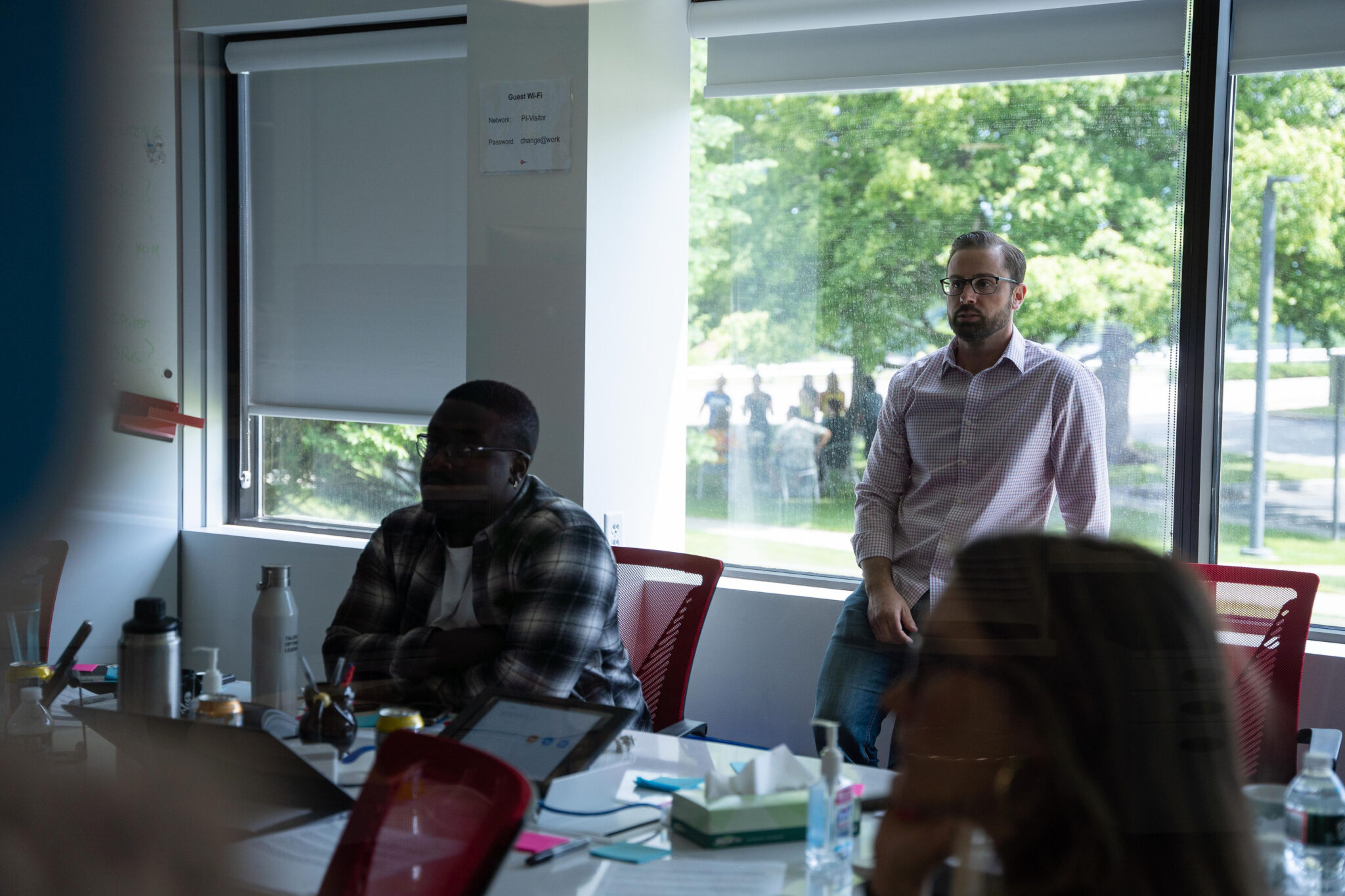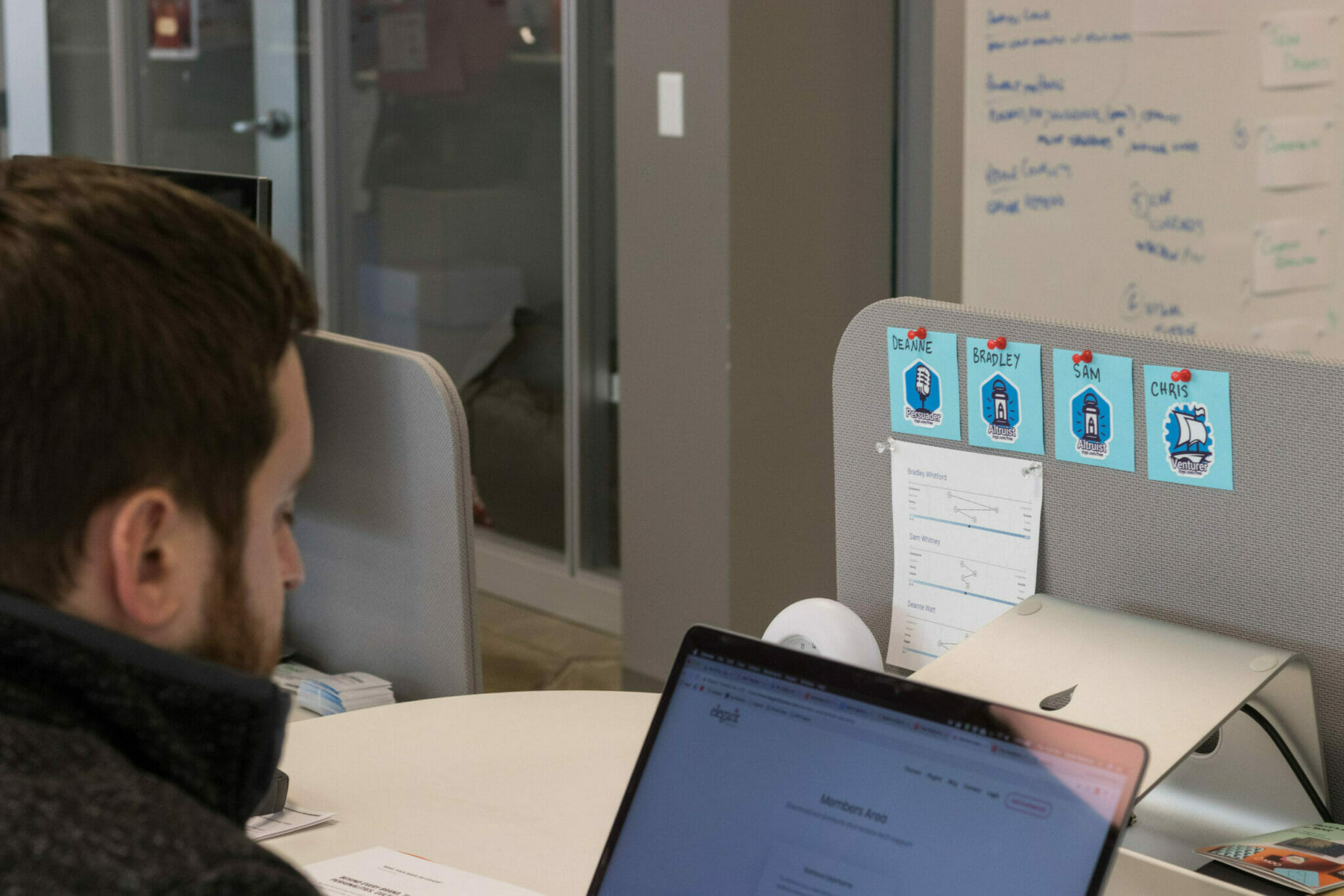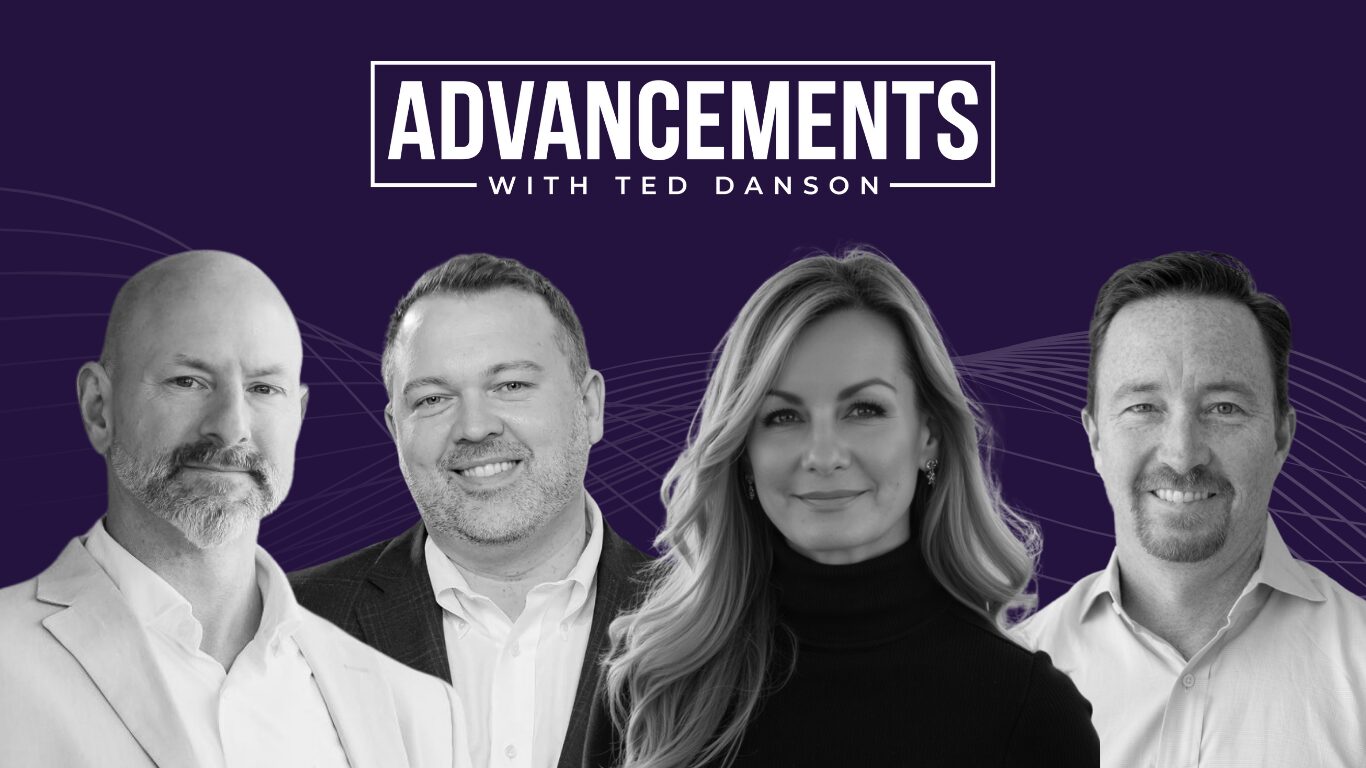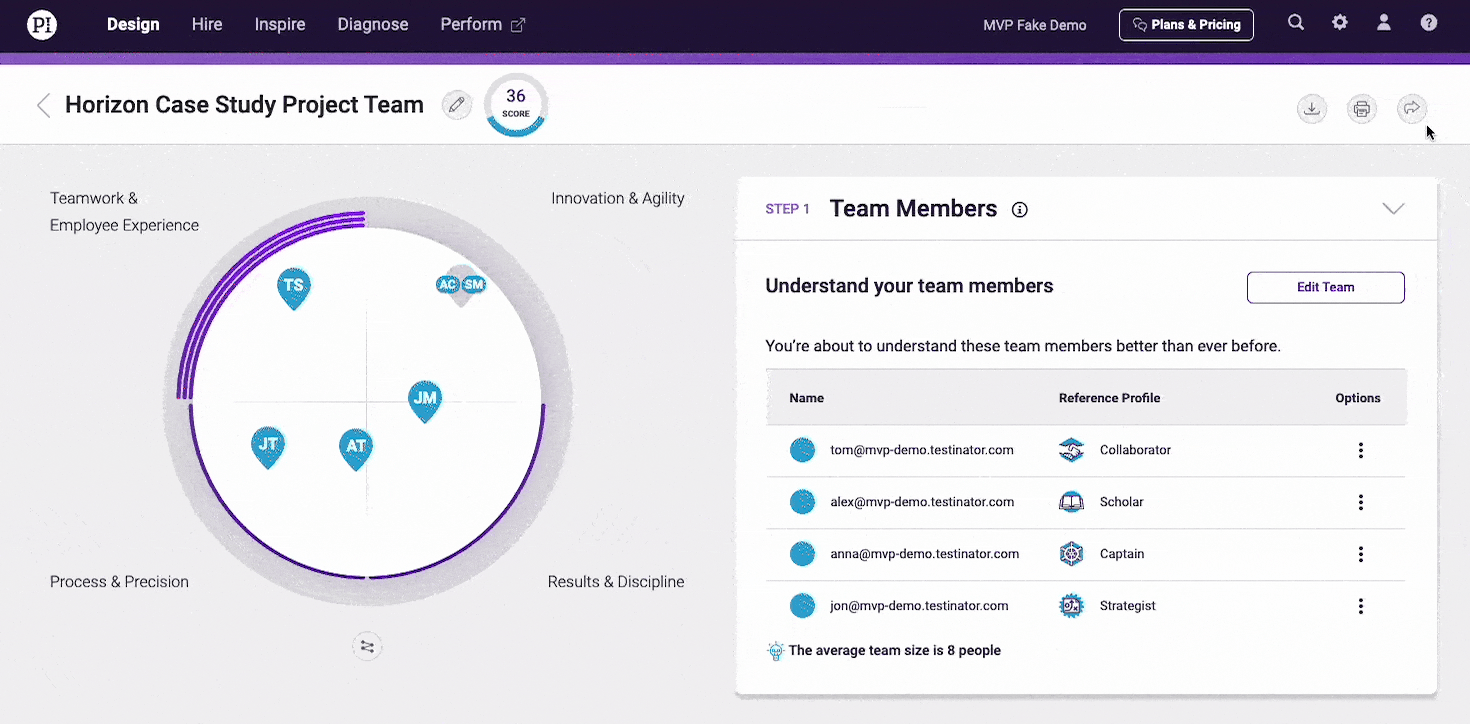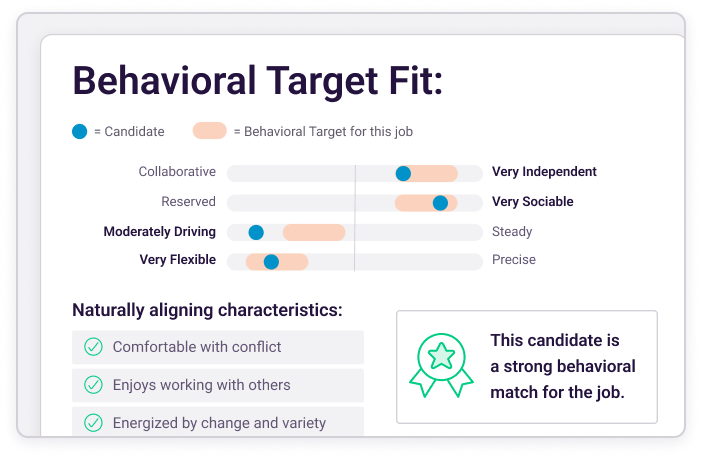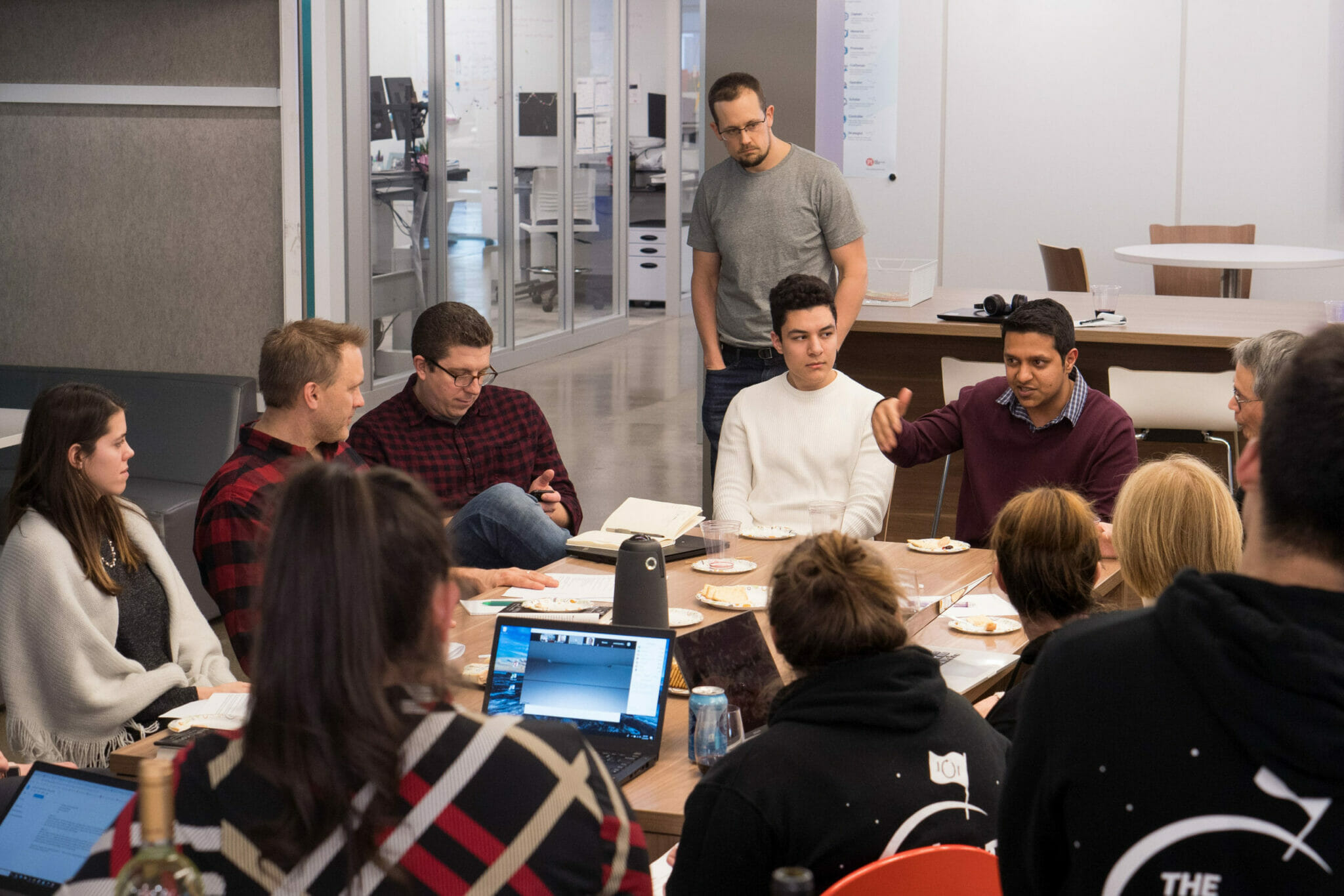We’re unpacking the forces driving HR and business action over the next half-decade. We’re putting these forces in historical context, while also providing HR leaders with actionable advice on how to assess their risk, prepare their teams, and better understand the ramifications of inaction.
We’re entering an unprecedented era in workplace culture. For the first time in modern history, as many as five different generations of employees are working together at the same time.
Your Baby Boomers will be sharing office spaces with Zoomers, if they aren’t already, along with everybody in between. Also known as Gen Alpha, Zoomers are defined as those born between 2010 and 2024, a cohort that figures to fully integrate itself into the professional world during the late 2020s and early 2030s.
Throw in your Gen Zers, Gen Xers, and the Millennials in the middle, and you’ve got yourself a real cultural cornucopia – one that can present unforeseen challenges to HR teams and business leaders unattuned to the evolving people dynamics at play. Learning each other’s native lingo will be the least of your concerns.
Fail to plan at your own peril. Because the most forward-thinking and actively prepared businesses are figuring out ways to account for – and connect – the wide diversity of personalities and perspectives that will share the workplace over the next decade.
Those companies will bring people together, rather than allowing generational drift, and make it their competitive edge. And they’ll do it with HR as the bridge.
Ignoring generational gaps is a recipe for disengagement.
As the first true digital natives to enter the workforce, Gen Alpha will bring advanced technological skills. They will generally expect (from their employers and colleagues) cutting-edge technology and tools, including virtual and augmented reality for training and operations.
Those sorts of expectations could cause a variety of issues if companies aren’t prepared for or aligned on a plan for managing them. New employees might quickly be turned off; longer tenured employees may feel intimidated or even penalized if they’re not on the same technological plane. And communication will inevitably suffer.
Gen Alpha’s comfort with virtual assistants and generative AI will likely accelerate the adoption of these technologies in the workplace, and may lead to the creation of new roles. It’s imperative that HR and business leaders devise plans for how to roll out and communicate any such changes to their organizational structure.
Onboarding fresh talent will have limited payoff if it comes at the cost of alienating – and eventually losing – more tenured employees, simply because they don’t feel like they’re part of the plan.
HR prep step 👉 Define new roles according to the skills and behaviors that will lend to success in them, and communicate how the role connects with company goals and existing positions.
Evolving the workplace culture
Guarding against generational friction might become a matter of providing options. People will always have different preferences based on their natural behaviors and work styles – this truth transcends generational differences, and is one of the foundational principles behind the discipline of talent optimization.
That said, more members of Gen Alpha will favor flexible work arrangements and remote work options, having grown up observing their parents and others working from home during the pandemic. Unlike previous generations that sought work-life balance, Gen Alpha may not separate work and life, instead viewing them as completely integrated. Unchecked, this could lead to a continuous workday without clear parameters, and eventual burnout.
Having grown up in a more diverse and inclusive world, Gen Alpha will also advocate for greater inclusiveness and diversity in the workplace. They will seek environments that reflect the diverse world they inhabit. They will expect businesses to actively acknowledge – if not directly address – global issues like climate change.
They will also have a different outlook on mental health and well-being, particularly as it pertains to what their employers can provide. Psychological safety should be a priority in any healthy, evolved workplace, but Gen Alpha (along with others before them) will consider it non-negotiable.
HR prep step 👉 Gather feedback from existing employees about diversity and inclusion, mental health resources, and work-life integration, and see where your gaps exist, so you can address them proactively.

Managing expectations from existing employees
At the same time more Gen Zers and Zoomers start entering your workforce, members of Gen X, the Baby Boomers and Millennials will be considering the next steps in their own career arcs. It’s important that businesses don’t accommodate their newest employees at the cost of their more tenured people.
More Millennials will be ready to move into leadership roles at a time when management structures are flattening. How will you address their professional development needs? The most prepared operations will be agile and innovative.
Millennials moving up
Provide people with opportunities for continuous learning and development, even if it’s through self-directed channels, at times when traditional promotions may not be available. The overall workplace culture may shift to align more with Millennial values, with a greater emphasis on empathetic leadership and employee well-being, including mental health support.
By 2030, Millennials are likely to find themselves in a workplace that better caters to their desire for flexibility, purpose, technological integration, and personal development. This shift will create a more engaging and satisfying work experience for this generation, aligning with their values and expectations.
The Gen X effect
By 2030, Generation X will be in their 50s and 60s, occupying senior leadership roles and bringing their unique perspectives to the workforce. Many members of this generation will play a crucial role in bridging the gap between older and younger generations.
Businesses can leverage this opportunity by allowing Gen Xers to focus on:
- Prioritizing collaboration and open communication
- Mentoring younger employees
- Modeling and reshaping work-life balance concepts
It’s not just younger generations who will expect workplace flexibility. Gen Xers may advocate for phased retirement options or part-time roles to balance work with personal life, and Gen X leaders will promote policies that support work-life integration for all employees.
And while they might be interested in entrepreneurial ventures or side gigs, Gen X will value recognition for their long-term contributions and expertise. Don’t ignore their contributions or reshape company culture without their considerable input and expertise.
Generation X will play a vital role in the 2030 workforce, bringing a unique blend of experience, adaptability, and leadership skills. Their influence will be felt in areas such as work-life balance, technological integration, and workplace culture, as they continue to shape the evolving landscape of work.
What Baby Boomers will expect from employers
By 2030, Baby Boomers will be largely retired or nearing retirement, but as the average retirement age continues to rise, employers need to have a plan for how they’ll keep their most experienced employees engaged and enthused about their work.
To start, that means not making assumptions about work arrangements. Many Baby Boomers will crave the same flexibility as their younger counterparts. They may be looking for opportunities for phased retirement, allowing them to gradually reduce their work hours or responsibilities while still contributing their expertise.
By addressing these expectations, employers can create an environment that values the experience and contributions of Baby Boomers while supporting their unique needs as they approach retirement age. This approach will not only benefit Baby Boomers but also contribute to a more diverse and inclusive multigenerational workforce.
HR prep step 👉 Make behavioral awareness and workplace flexibility a part of your company’s mission. There’s no one-size-fits-all approach to professional development or work styles. That truth transcends generations in the same way it does personalities – and the HR and business leaders who recognize this truth will be best equipped to accommodate people with different perspectives.
